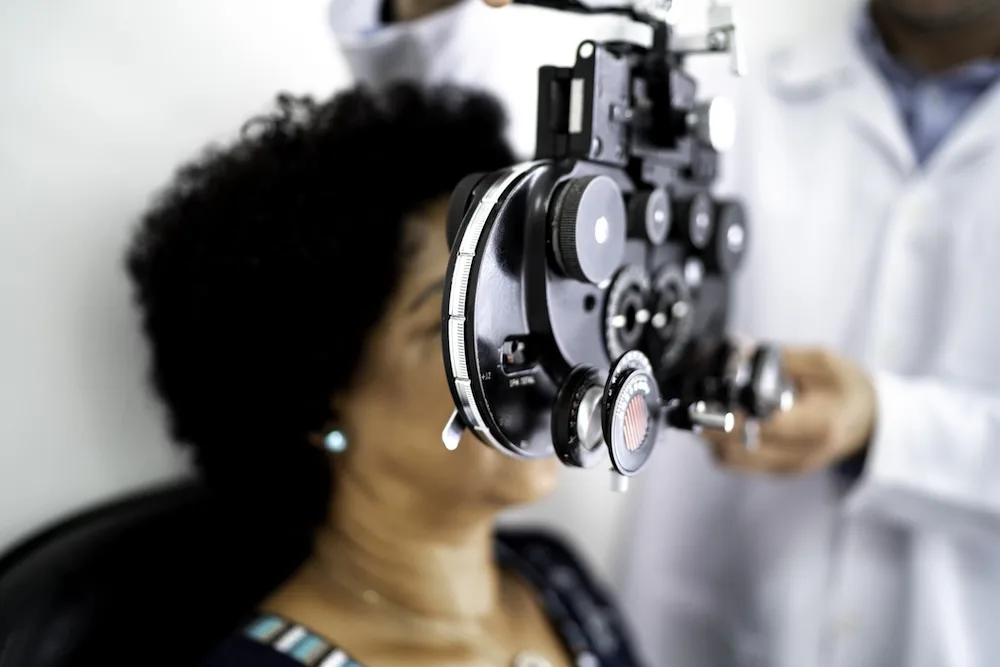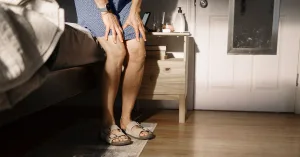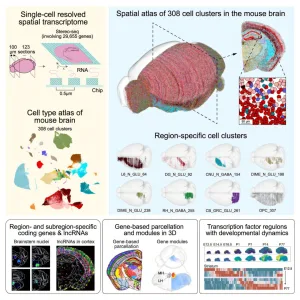Glaucoma Treatment Disparities: Wealth and Location Matter
A recent study published in JAMA Ophthalmology reveals that socioeconomic status and geographic location significantly impact access to standard glaucoma care. Patients newly diagnosed with glaucoma who have less wealth or live in rural areas are less likely to receive optimal treatment compared to their wealthier, urban counterparts.
Key Findings of the Study
- Socioeconomic Disparities: The study highlights a clear disparity in glaucoma care based on wealth. Patients with fewer financial resources face barriers to accessing standard treatment protocols.
- Geographic Location: Rural residents also experience challenges in receiving timely and appropriate glaucoma care. Limited access to specialized medical facilities and healthcare providers in rural communities contributes to this disparity.
- Impact on Treatment: The lack of standard care can lead to poorer outcomes for these vulnerable populations, potentially resulting in more severe vision loss.
Why This Matters
Glaucoma is a progressive eye disease that can lead to irreversible blindness if left untreated. Early detection and consistent management are crucial for preserving vision. These findings underscore the need for interventions to address disparities in healthcare access.
Addressing the Disparities
Several strategies can help bridge the gap in glaucoma care:
- Telemedicine: Utilizing telehealth platforms to provide remote consultations and monitoring for patients in rural areas.
- Financial Assistance Programs: Expanding access to financial aid and insurance coverage for low-income individuals.
- Community Outreach: Implementing targeted outreach programs to raise awareness about glaucoma and promote early screening in underserved communities.
- Mobile Eye Clinics: Deploying mobile clinics to provide on-site eye care services in rural and low-income areas.
Final Overview
The study’s findings serve as a crucial reminder that access to quality healthcare should not be determined by wealth or location. By addressing the systemic barriers that prevent vulnerable populations from receiving standard glaucoma care, we can work towards a more equitable healthcare system and help preserve the vision of all individuals at risk of this debilitating disease.




+ There are no comments
Add yours